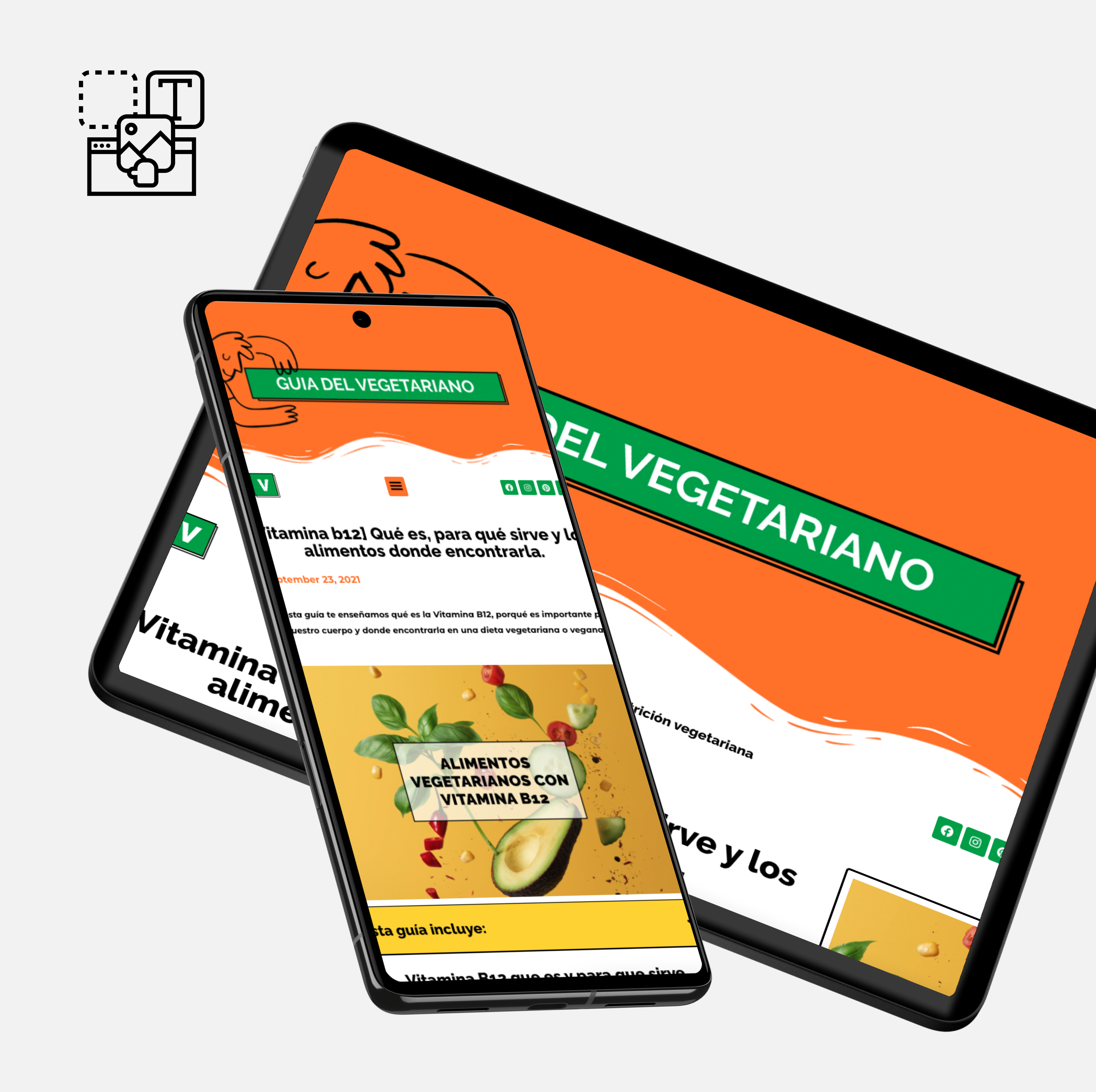
Menu
Understanding the Fundamental Concepts of Virtual Reality
VR is a computer-generated simulation that allows users to interact with a simulated environment in a realistic way. To fully understand and appreciate VR, it is essential to be familiar with its key concepts. In this article, we will explore the fundamental concepts of VR, including immersion, presence, interactivity, tracking, realism, haptic feedback, multi-user experiences, telepresence, and simulations. By the end of this article, you will have a clear understanding of the basic principles that underlie the technology of VR and how they contribute to its unique experience.



